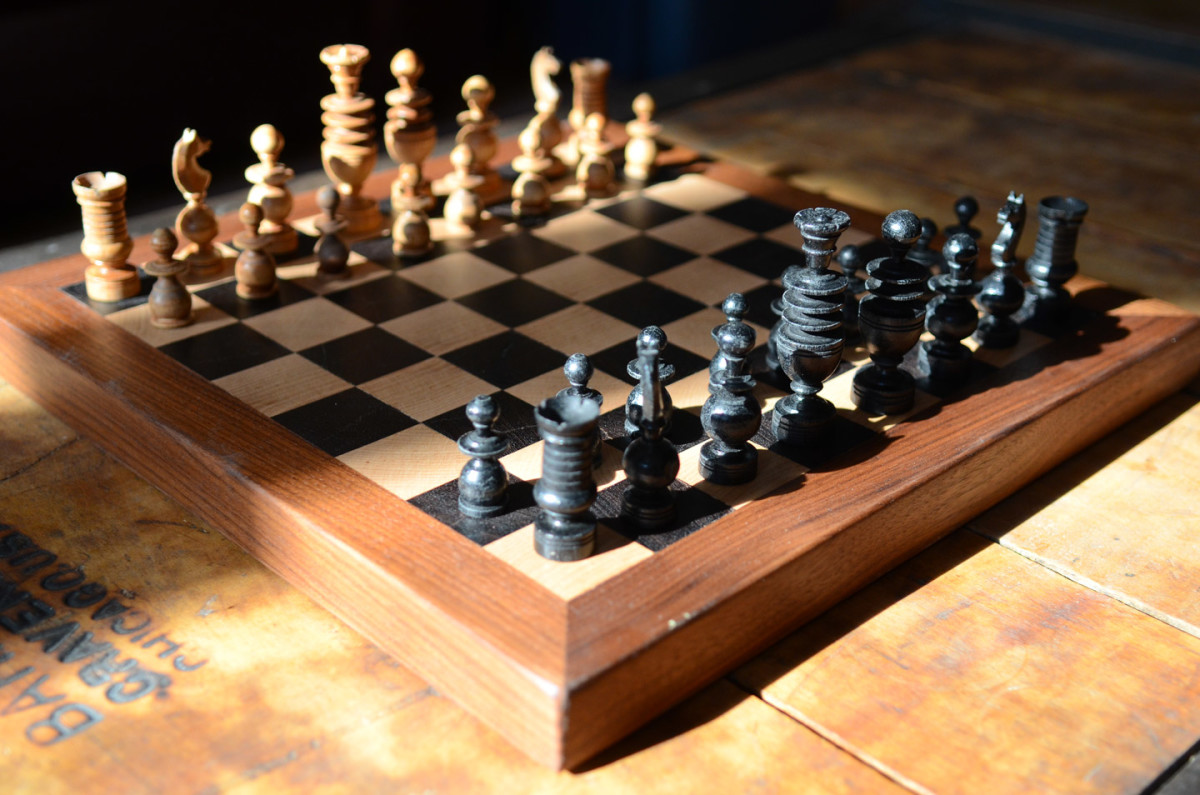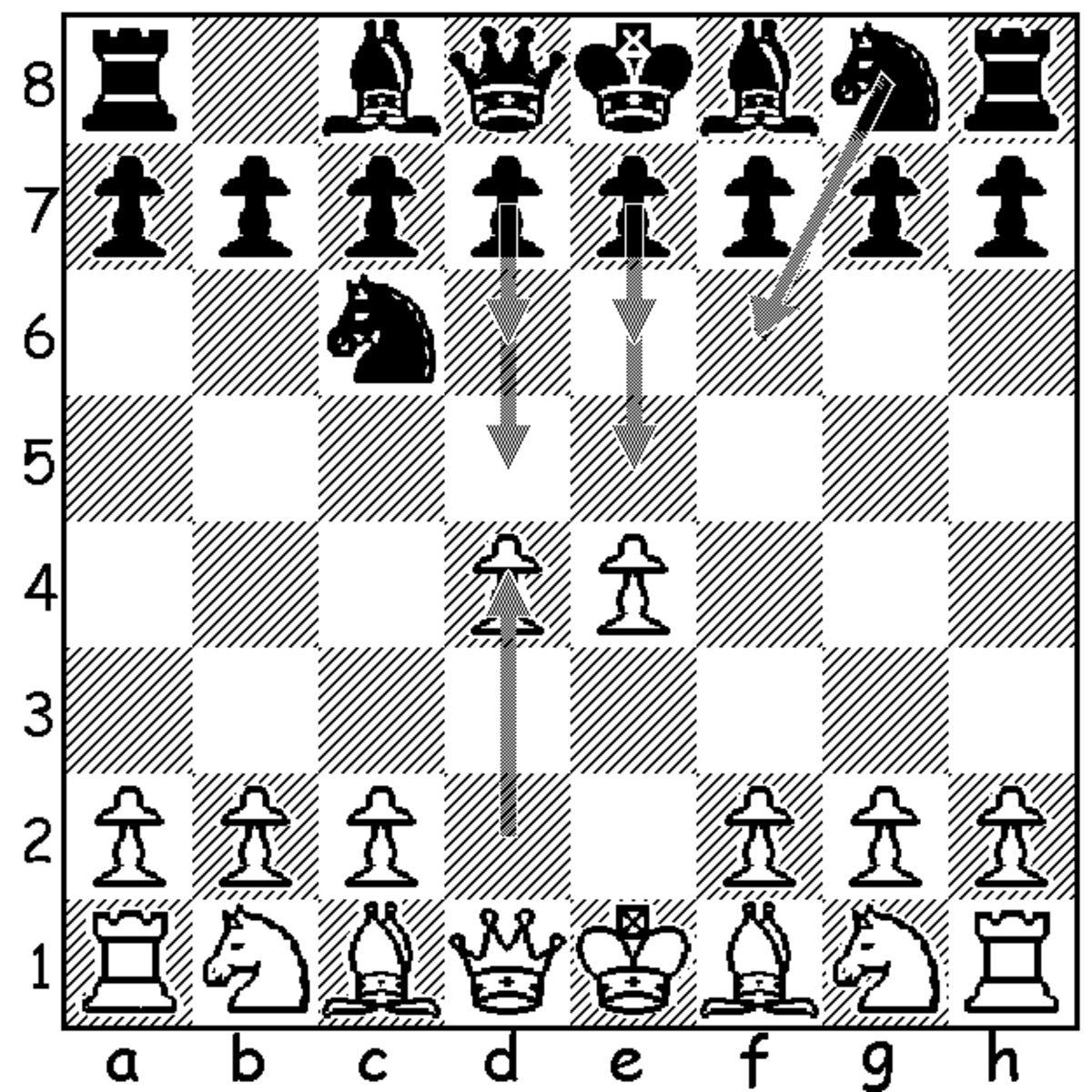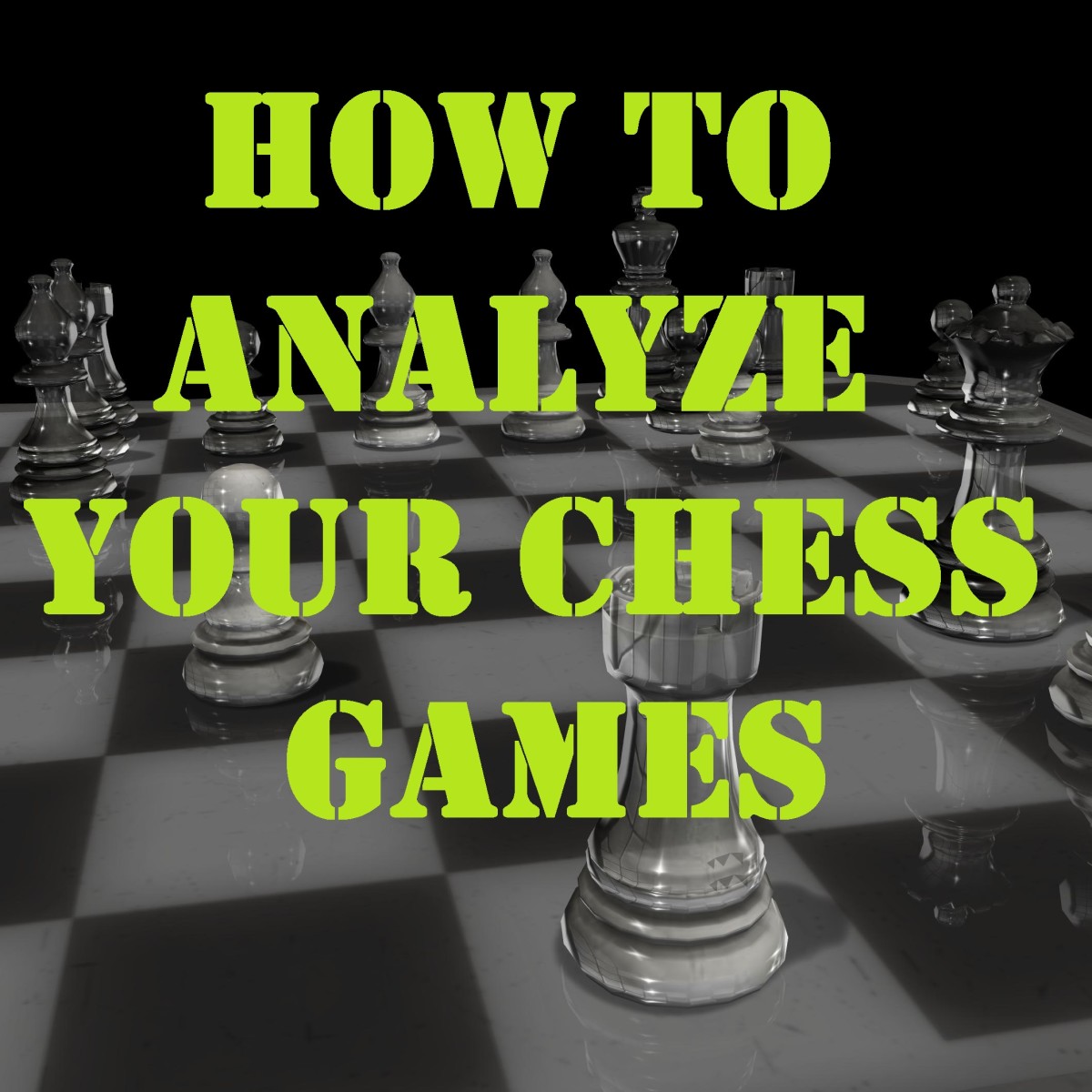Secrets of how grandmasters play chess
Secrets of playing chess very well like chess grandmasters
I remember years ago when I used to have difficulty in selecting moves that would be classified as candidate moves (moves that are required for every given position), it seemed like magic to me or that the entire chess world had conspired to hide the truth behind playing really good chess until I took it upon myself to find out what grandmasters really know about chess that the rest of the chess world seem not to know.
Today thankfully after weeks of studying dozens of annotated grandmaster games I have come to know some but not all of the secrets that grandmasters know about chess. Here are a few of those secrets.
Secret # 1
Find the candidates by looking out for threats and improvement
The start for candidate moves actually begins with threats. There are many kinds of threats in chess but they can be grouped into material threats such as checkmate, a threat to gain material such as a pawn, a piece or a positional threat such as exposing the enemy king by weakening its castled position, making the enemy pieces passive when they have to protect weak pawns, or controlling all the open lines on the board etc. There are also moves that are positional improvements such as connecting both rooks, creating outposts for your Knights, bishops and rooks as well as creating flight squares. Usually improvements come after there are no threats remaining or if there are counter threats that must be met shortly.
Grandmasters are usually logical about their choice of moves and would play moves that draw them closer to victory hence look for threats first.
Here is the order by which grandmasters assess a position for threats
Is there a checkmate? If yes what is the required combination? If no look for another threat
Is there an unguarded enemy piece? If yes how can I capture it and with what piece? If no look for another threat
Is there a strong piece such as a queen or rook that can be threatened by a lesser piece? If yes how can it be threatened? If no look for another threat
Is there a piece being under protected (for instance guarded by only one enemy piece and being attacked by one of mine)? If yes how can I capture it? If no look for another threat
Is there a tactical threat such as a skewer, fork, pin, discovered attack, double attack, double check or discovered check? If yes go ahead if no look for another threat
Is there a favorable exchange? e.g do I get compensation such as an active and mobile piece, do I get open lines for my long range pieces such as my rooks and bishops, do I get to undouble my doubled pawns etc. If yes how can I do this?
Is there a positional advantage such as; can I make his king more exposed than mine? Can I get one of my rooks to occupy an open file? Can my bishops control key diagonals? Can my knights occupy important outposts and my pawn structure can it be better than my opponent’s? Can I make my pieces more active, more mobile and can I coordinate them better than my opponent? If yes to all or most of these questions how can I renew material threats again?
Secret # 2
Evaluate the existing position on the board and the consequences of every plan
Before you talk about a plan, you have to evaluate a position and analyze candidate moves that suit that position. Every position in chess gives out useful information about the game. For instance who is in charge and who is worse off and are both sides equal? Your duty is to make a move that threatens something while at the same time looking out for solid replies which in most cases are counter threats.
The kind of consequences to look out for in a position and which is what every plan must accomplish include;
1. King safety. An exposed king is a disaster waiting to happen will your plan make your king safer than your opponent’s or will it weaken its defense.
2. A lead in development (this applies in the opening) could lead to one having the initiative (creating all the threats and having his opponent responding to them) for a very long time.
3. Number of active and mobile pieces (pieces in play attacking or controlling key squares especially weak ones on the enemy side of the board). A passive piece is the same thing as not having one. Try to activate your pieces as soon as possible and make them mobile able to move across the board in safety.
4. Material (who has more pawns and pieces)
5. Pawn structure (passed pawn, pawn majority, better pawn formation e.g pawns abreast are better that pawns in chains, pawns in chains are better than isolated, doubled or backward pawns etc) and
6. Piece coordination (two bishops are stronger that two knights on an open board, two rooks on a file are very strong, a bishop and queen battery is a strong attack weapon)
Keep in mind that not all threats are real because some threats have destructive side effects. For instance I may capture a bishop in the enemy camp but weaken my defense of my king or give up control of a key square from which a strong counter attack can be launched, you need to evaluate the consequences of every threat you make as your opponent will have some of his own waiting for you. When you discover a false threat, abandon it and look for one that gives you an advantage. At the end of the day you should stand better or at the very least be equal to your opponent. Ideally the basis of positional evaluation in chess is material and structural differences for both sides. So ask yourself what do I have relative to what my opponent has and use that as a basis for finding a plan.
Secret # 3
Look for the right plan
There are two kinds of positions in chess; clear and unclear positions and the position is the basis of every plan. There is a plan in most chess positions but not all positions require plans such as unclear positions that require speculative play (speculative play favours the defender most of the time). However without a plan in a clear position you are likely to waste time achieving nothing in the process. So ask yourself who is better in the given position (see the previous step above). If you are worse off than your opponent, then your plan should be how to meet up using these criteria or if you are equal try and overtake your opponent also using these criteria. If you are better than your opponent then look for an attack preferably a mating attack. Your plan could be to stop an impending threat while preparing a counter attack or to reduce your opponent’s advantage if he is ahead or leave him worse than you if you are equal. Always remember that the person with the advantage has the right to attack, the person lagging should try and catch up and only think of attacking when he has a strong counter threat or eventually overtakes his opponent.
These are some of the secrets I have learnt on my own perhaps there are many more that I don’t know about but with these you will be okay playing against even strong players that includes International masters and grandmasters.
Related articles
How to play chess extremely well






